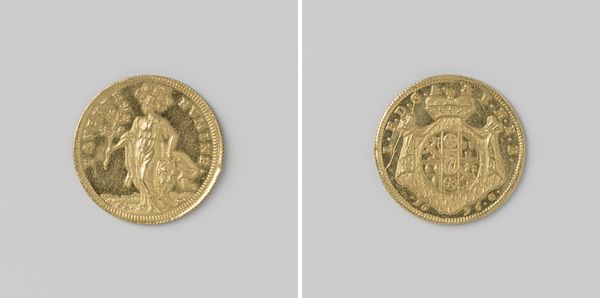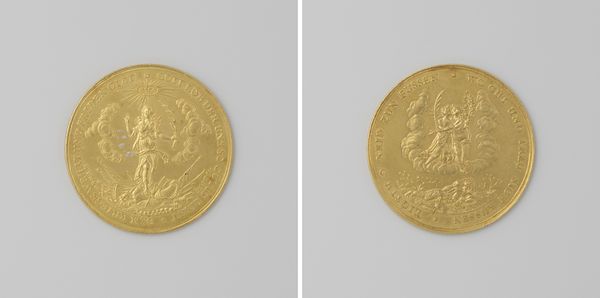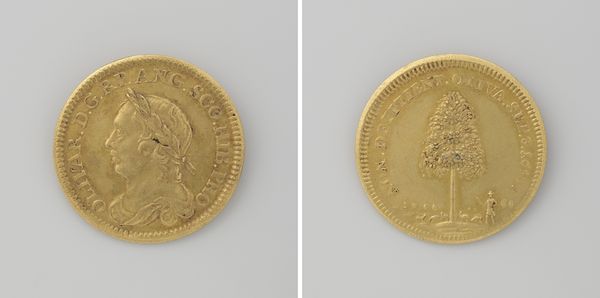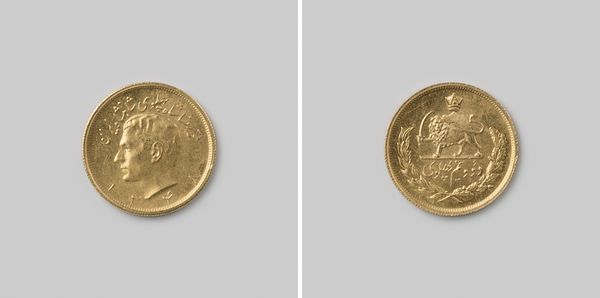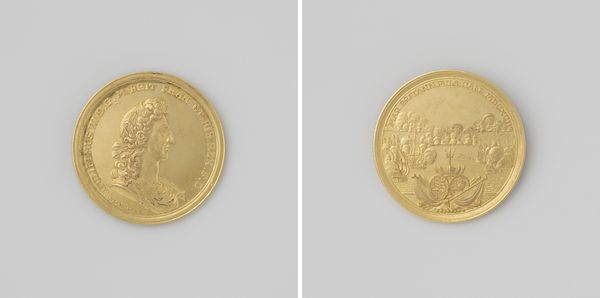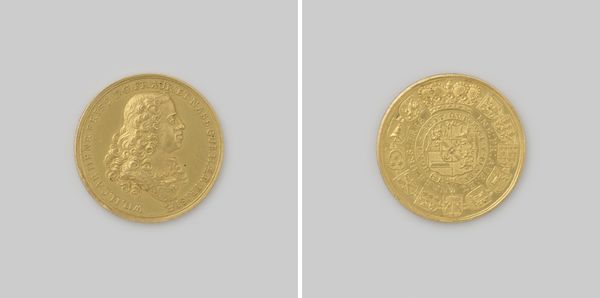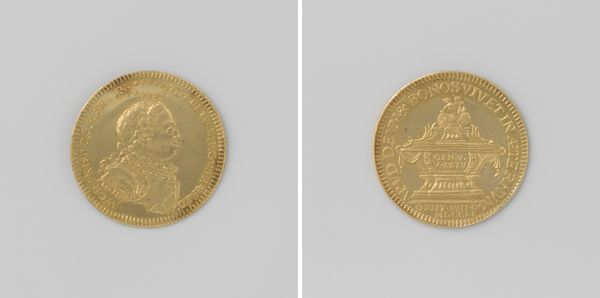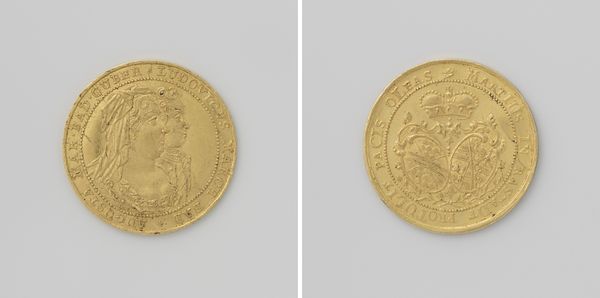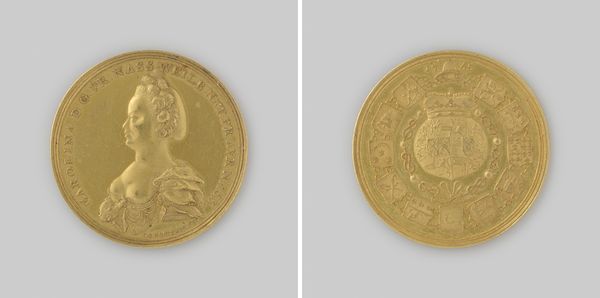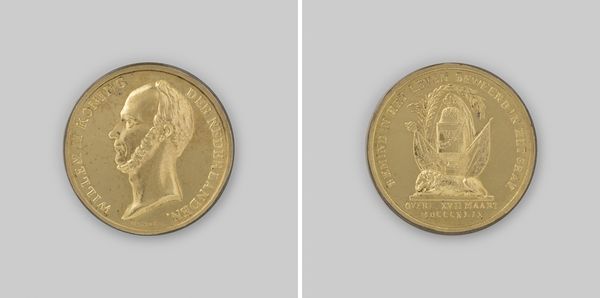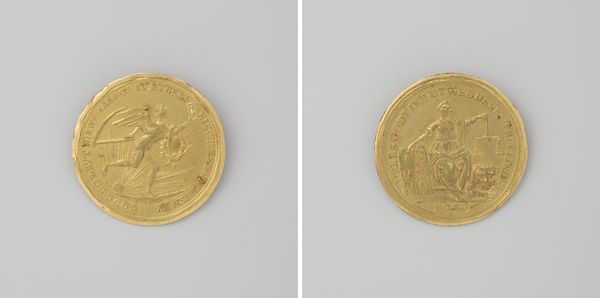
metal
#
portrait
#
dutch-golden-age
#
metal
#
history-painting
Dimensions: diameter 2.25 cm, weight 6.72 gr
Copyright: Rijks Museum: Open Domain
Editor: This is a Dutch 10 Gulden coin from 1889, a small metalwork now housed at the Rijksmuseum. The details are remarkable for something so small. What story do you think this piece is telling? Curator: Coins like this weren’t simply currency; they were tools of nation-building. Consider what's being broadcast: the portrait of Willem III, inscribed with "God zij met ons" - God be with us - positioning the monarchy as divinely sanctioned. Then you have the Dutch coat of arms on the reverse. What statement do you think it makes by uniting religion, monarchy, and national identity? Editor: It sounds like a way to project authority and stability, maybe to reassure the public. Was this particularly important at the time? Curator: Absolutely. The late 19th century saw rising tides of socialism and calls for democratization across Europe. Displaying national symbols became a deliberate strategy. Willem III’s image evokes a sense of tradition, almost resistance to these societal shifts. Do you think this coinage embodies or challenges these societal conflicts? Editor: I guess I hadn't considered coins as active participants in social dialogue. I was focused on the artistry itself. But I now understand it underscores existing hierarchies. Curator: Exactly. Numismatics isn't just about pretty portraits; it is about how power is presented and perpetuated. Currency makes statements. What is worth noticing, remembering, what values are worth literally holding close? It changes how we interact with even everyday objects. Editor: That gives me a lot to think about. Thank you for opening up a whole new way of looking at this seemingly simple coin. Curator: It was my pleasure. And remember, the story doesn't end with Willem III. We carry those imprinted societal values with us even today.
Comments
No comments
Be the first to comment and join the conversation on the ultimate creative platform.
